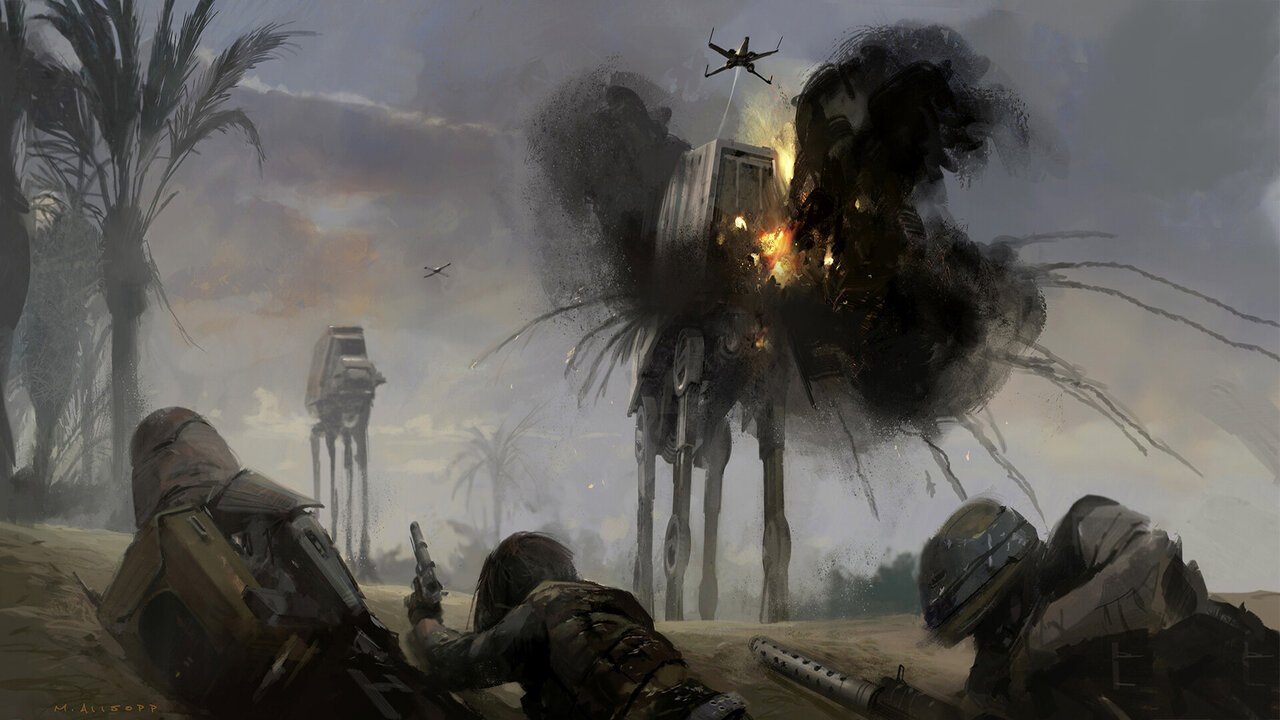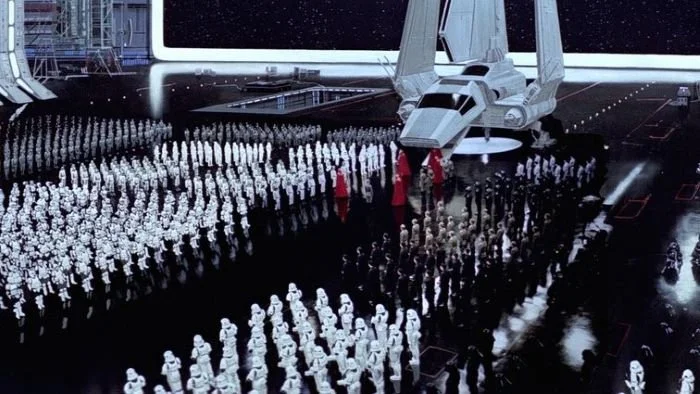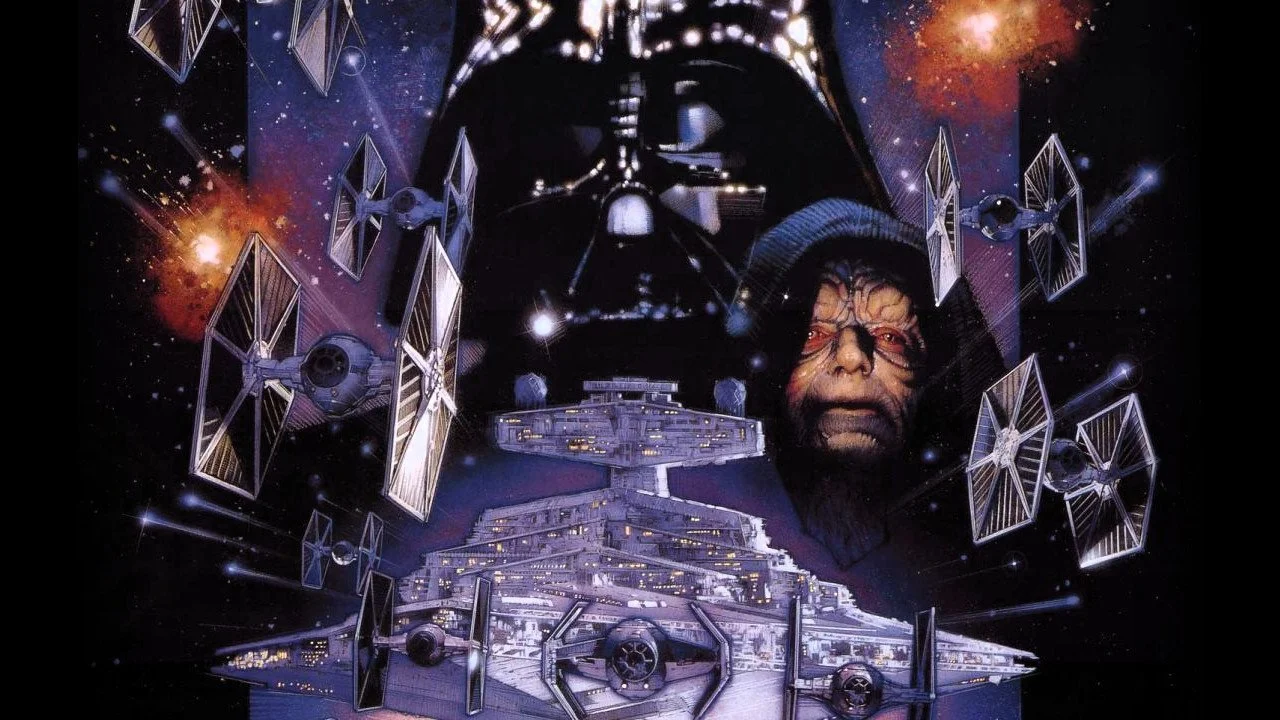Why George Lucas Modeled The Rebellion In 'Star Wars' After Guerilla Fighters
Image Source: Matt Allsopp
The latest Star Wars series has the fanbase thinking again about the beginning of the Rebel Alliance. The prequel to the 2016 Rogue One, Andor, will tell the story of how the group came to be. This interest in the Rebel Alliance actually goes back some time. George Lucas intended for the original trilogy to be a portrait of the American foreign policy of that time, especially regarding the Vietnam War. If the U.S. troops were supposed to be the Empire, then the northern Vietnamese troops, the Viet Cong, were the Rebels. Although in a much smaller number and less well-equipped than American soldiers, the Viet Cong made their lives difficult with a mix of techniques and strategies common to guerrilla warfare.
During the same period, Richard Nixon became the prime example of what Lucas was trying to achieve. His storytelling and world-building aimed to portray Nixon as the proverbial “bad guy.” Nixon’s problematic choices turned out to be a template for Emperor Palpatine, the mastermind of the Galactic Empire. Even though Lucas largely based Star Wars on U.S. international and domestic affairs, the aesthetics of the movie reflected an important moment in world history. This is how they all mix together.
RELATED:
Guerrilla warfare had been used for many centuries. It allowed a smaller force to fight an adversary who had greater firepower and gear. When a group had to face such odds, they had to level the playing field with techniques such as sabotage, setting up traps, and making the enemy regret their choices. During the Vietnam War, the Viet Cong dug several networks of tunnels to hide in. Their objective was to surprise the enemy on the battlefield, which was the tropical forests of Southeast Asia. Knowing the terrain well was also a standard part of guerrilla. If you knew where you were, you had the opportunity to sneak behind the enemy’s lines. American troops had to go out of their way to track these tunnels in unfamiliar territory.
This was where the Rebel Alliance excelled. Even though later in the trilogy they were more organized, they did not begin that way. They started slow, allowing their spies to gather intelligence, and affect the enemy from the inside. Men like Cassian Andor did exactly that. That was why his skillsets were sought after by the Rebellion. In the last act of Rogue One, Jyn and Cassian, and the rest of the small team managed to get through the planet-wide shield to the surface of the planet. They created a distraction by setting off bombs. That was how you win when you could not match their numbers. You have to play smart and use all of your cards.
Image Source: The Atlantic
In Return of the Jedi, the Rebels came up with a really interesting plan. Flying casual was just a small part of it. The crew had to disable the Death Star shield generator located on the moon of Endor so that the assault team could destroy the battle station. While they did not expect it, they ultimately gained native allies in the form of Ewoks. The Ewoks had great knowledge of the forest. They set up traps that took out the AT-STs and sabotaged the generator with bombs. Sometimes, these plans may go wrong. If you were caught, the enemy was likely to have more soldiers and firepower than you.
Opposite the Rebel Alliance was the Empire. Led by Emperor Palpatine and Darth Vader, the Empire’s goal was to achieve control of the galaxy. Even though they controlled most of the known universe and its core planets, some of it was still outside their influence. While Palpatine was central to the overall plot during the prequel trilogy, he was initially a shadowy figure in the original trilogy. This did not stop Lucas from using him as a warning for the viewers. Lucas wanted to alert his audience about what was going on with American domestic politics in the late 1970s and early 1980s when Richard Nixon faced the Watergate scandal. When asked in 1981 if Palpatine had been a Jedi previously, Lucas answered:
“No, he was a politician. Richard M. Nixon was his name. He subverted the senate and finally took over and became an imperial guy and he was really evil. But he pretended to be a nice guy.”
Image Source: Gizmodo
Since the original trilogy, Lucas used his works to depict the fall of the western-style democracy as we know it. He developed this idea even more during the prequel trilogy, putting Palpatine at the forefront of the changes to the Galactic Republic. Sandboxx points out a key comparison between the Empire and Nazi Germany. Just like Hitler, Palpatine held the title of Chancellor before usurping power and rebranding the current government in his own image.
The Hitler-Palpatine connection was not the only one. Nazi Germany was a huge source of content for Lucas in general. Imperial officers dressed like the Nazis. The famous white-armored stormtroopers were somewhat based on the Sturmtruppen and regular Nazi soldiers alike. These men were part of highly-trained, specialized troops that constituted the German army during World Wars I and II. Even the DLT-19 heavy blasters carried by the sandtroopers in A New Hope were based on the Nazi MG machine guns.
The original trilogy was clearly inspired by real-world historical events and characters. The Vietnam War, U.S. politics, and the ascension of the Nazi party in Germany during the 1930s served as a template for Lucas to create his universe. The real world has always had something to offer artists and creators in general. A good look at the past is an interesting thing to do every once in a while to see if we need some course corrections.
READ NEXT:





